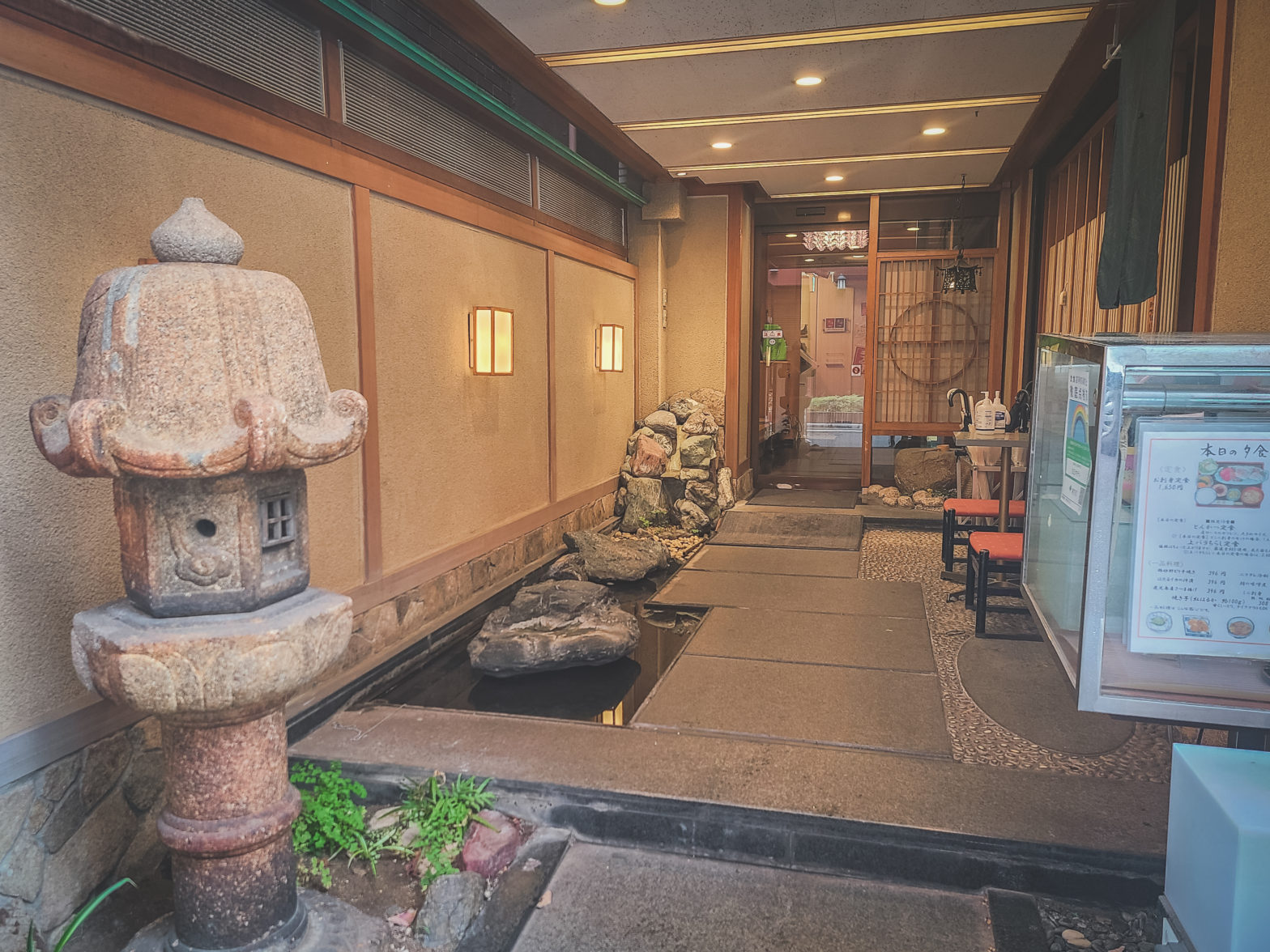Ningyōchō: one of Tokyo’s many shitamachi gems. While other areas such as Asakusa and Nihonbashi are quite well-known, this is an area that is often overlooked. Originally named after the high population of doll-making craftsmen during the Edo period, Ningyōchō is now a treasure trove of small traditional shops: incense makers, sweets, amazake, and home to one of my favorite food shops, a restaurant that is famous for producing packs of flavored meat and vegetable toppings to be used over rice.
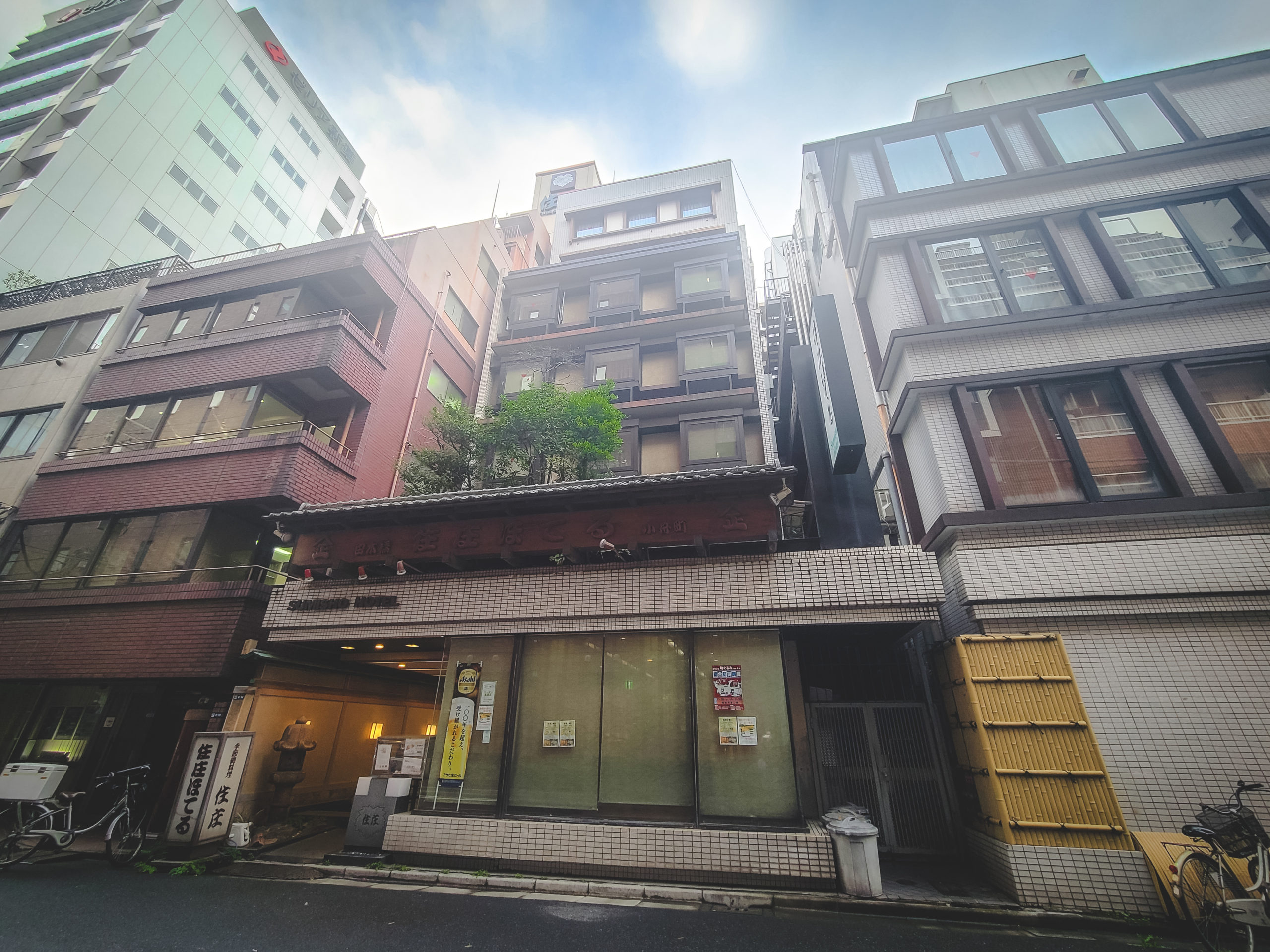
As I make my way from the station to the hotel, I pass by a large Daiso, a well-known 100yen shop. A few minutes on the main road and a quick turn to the right leads me to the hotel’s front entrance. While most of the time words of non-Japanese origin are spelled using the katakana alphabet, the hotel’s sign in Japanese displays the word “hotel” in hiragana, adding extra meaning to the choice as if to say, “while this is a hotel, it’s still very much retains the spirit of a traditional inn.”
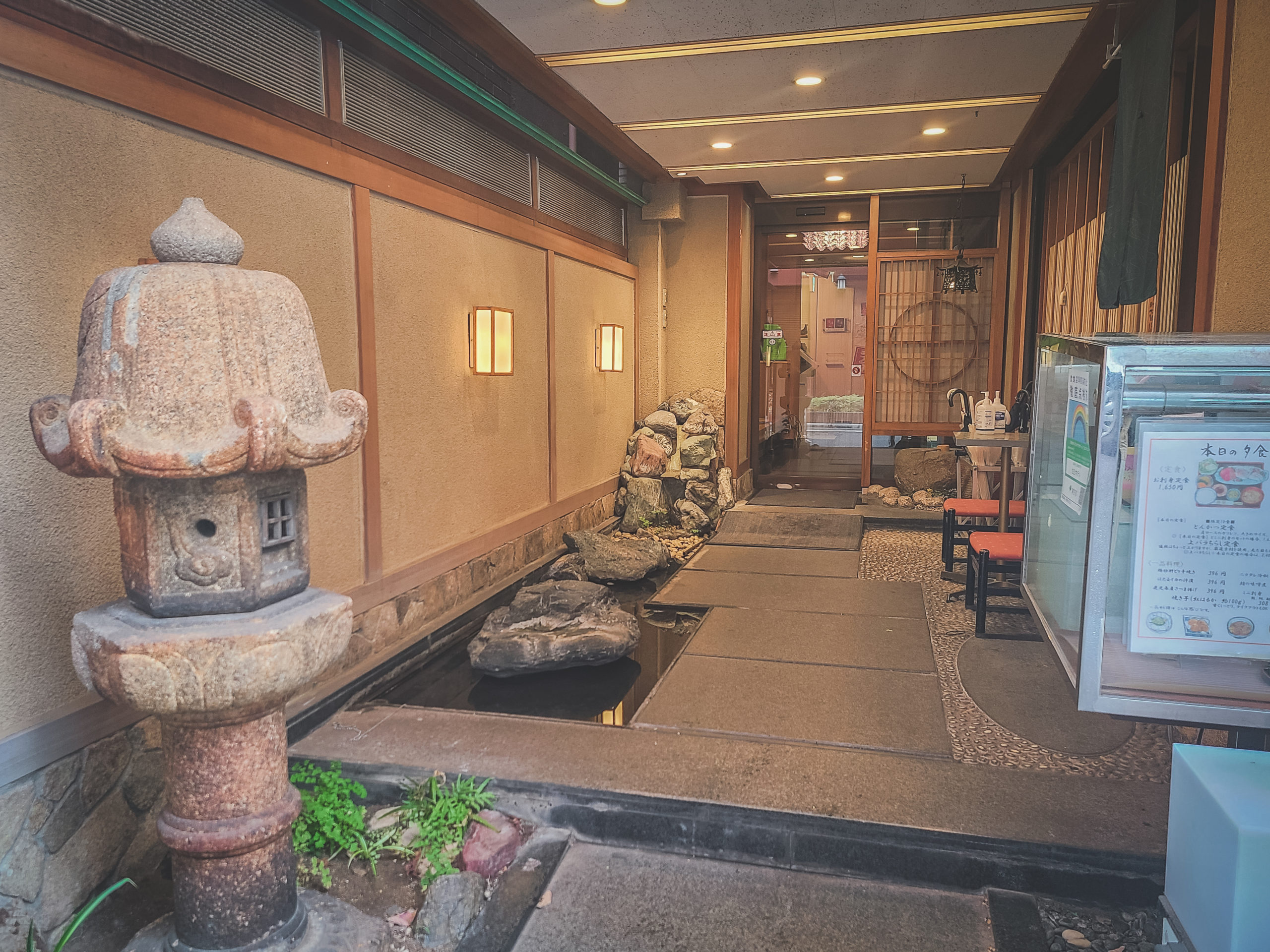
The building’s lobby doors are not right at the street, but rather in a recessed entrance, lined with a stone lantern and a miniature rock garden.
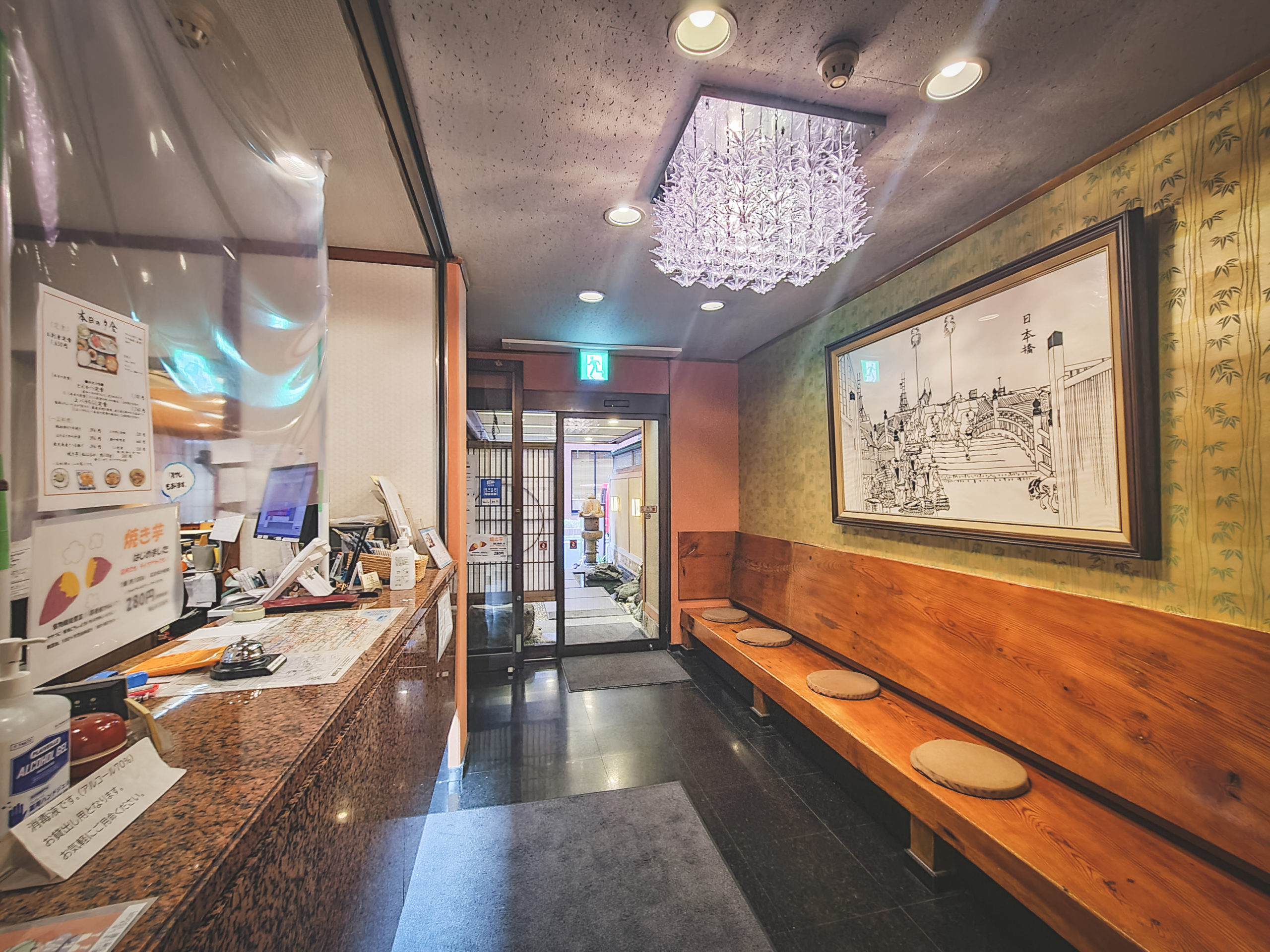
The lobby is simple, wallpaper has been chosen to reflect traditional motifs and colors. The area around the marble check-in desk is packed with various fliers and information: a map of the Tokyo train and subway system, details on today’s dinner menu, and one that specifically stands out, a sign advertising ishiyaki-imo, sweet potato baked on top of hot stones.
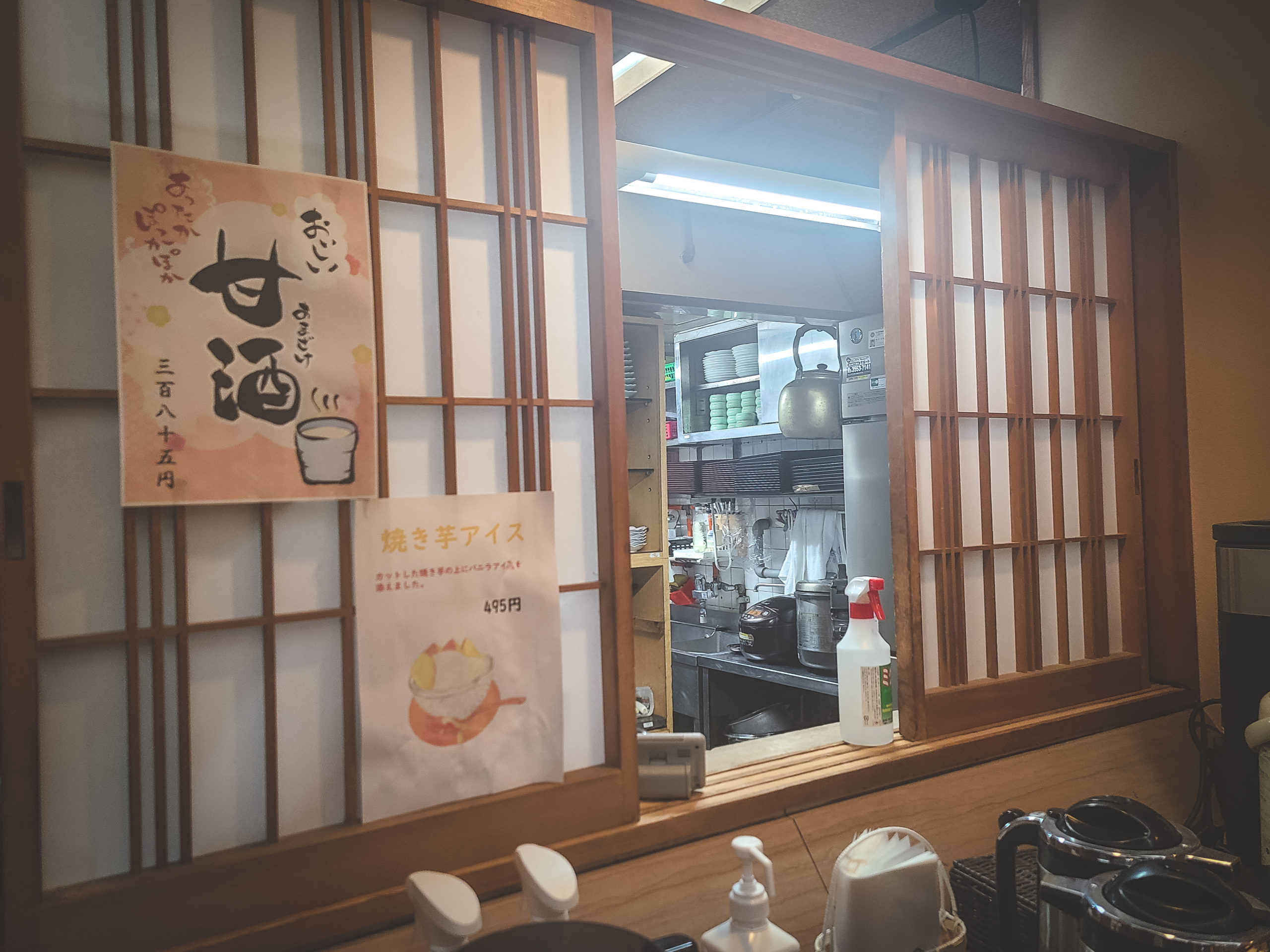
The sitting area of the lobby is also traditionally designed in a manner befitting Ningyōchō —a bench with round mats that is meant to resemble traditional engawa seating.
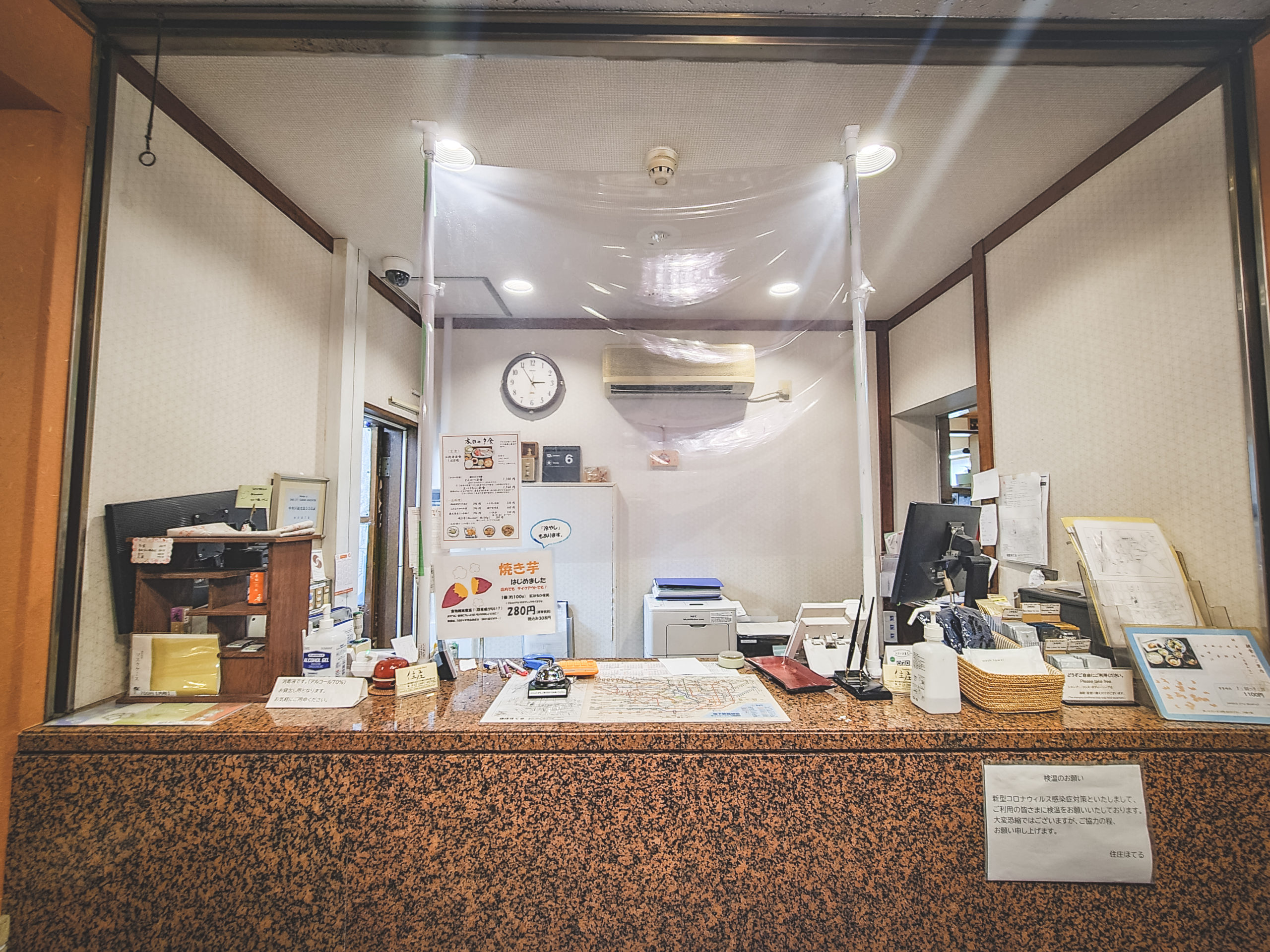
CEO of the hotel, Tsunoda Takashi-san comes and greets me at the door, and we move into the room next to the lobby. This room, complete with tatami mats and traditional floor-level tables with horigotatsu—an opening under the table to put your legs down instead of sitting in the traditional seiza posture—is actually the hotel’s restaurant.
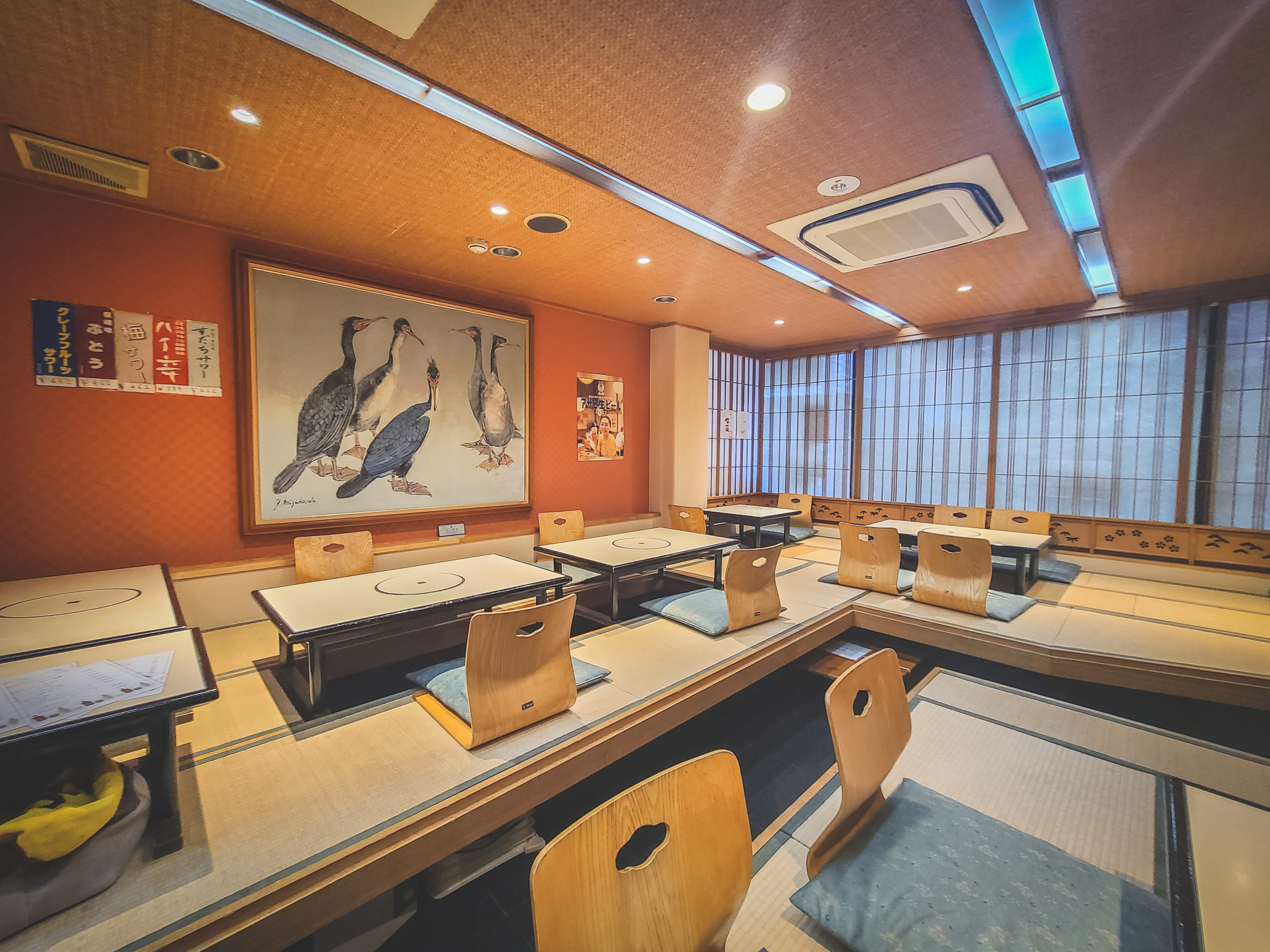
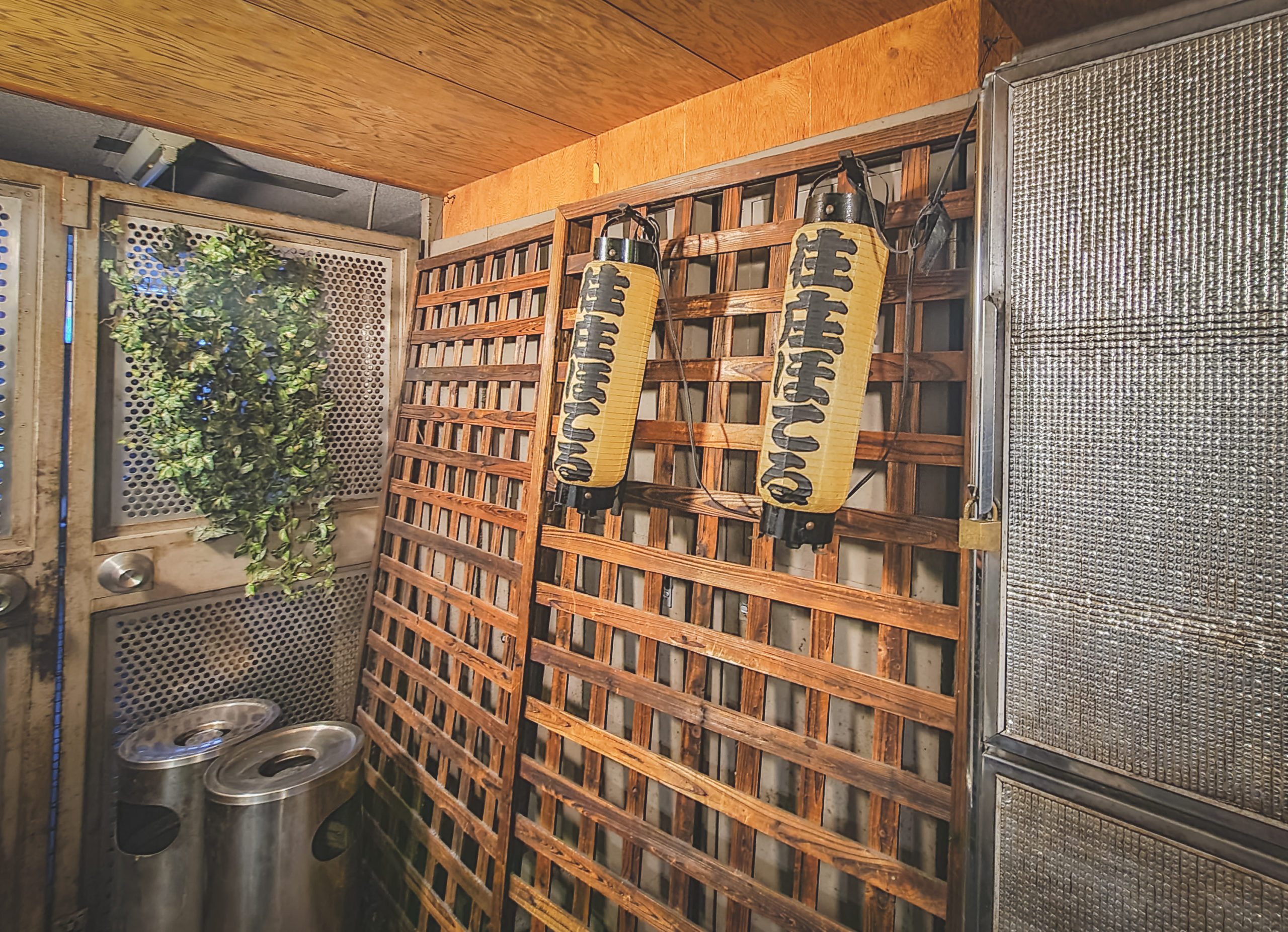
This hotel, which has been in Tsunoda-san’s family since his grandfather’s generation, was originally a rice shop. After the end of the war, Tsunoda-san’s grandfather changed professions and began running a traditional Japanese inn, a ryokan. Since the Ningyōchō shitamachi suburb has long been known as a merchant area, most of the people who came to stay at the ryokan were people who came to Tokyo from all over Japan to sell various goods in the city. The name Sumisho is a combination of the first character of the rice harvesting business under which Tsunoda-san’s grandfather first worked (sumi 住), and the first character of his grandfather’s first name, Shōtaro (庄). The recessed entryway, he explains, is also a characteristic of a local custom—shops in the area traditionally avoided clearly displaying their entrance as a way to show sophistication.
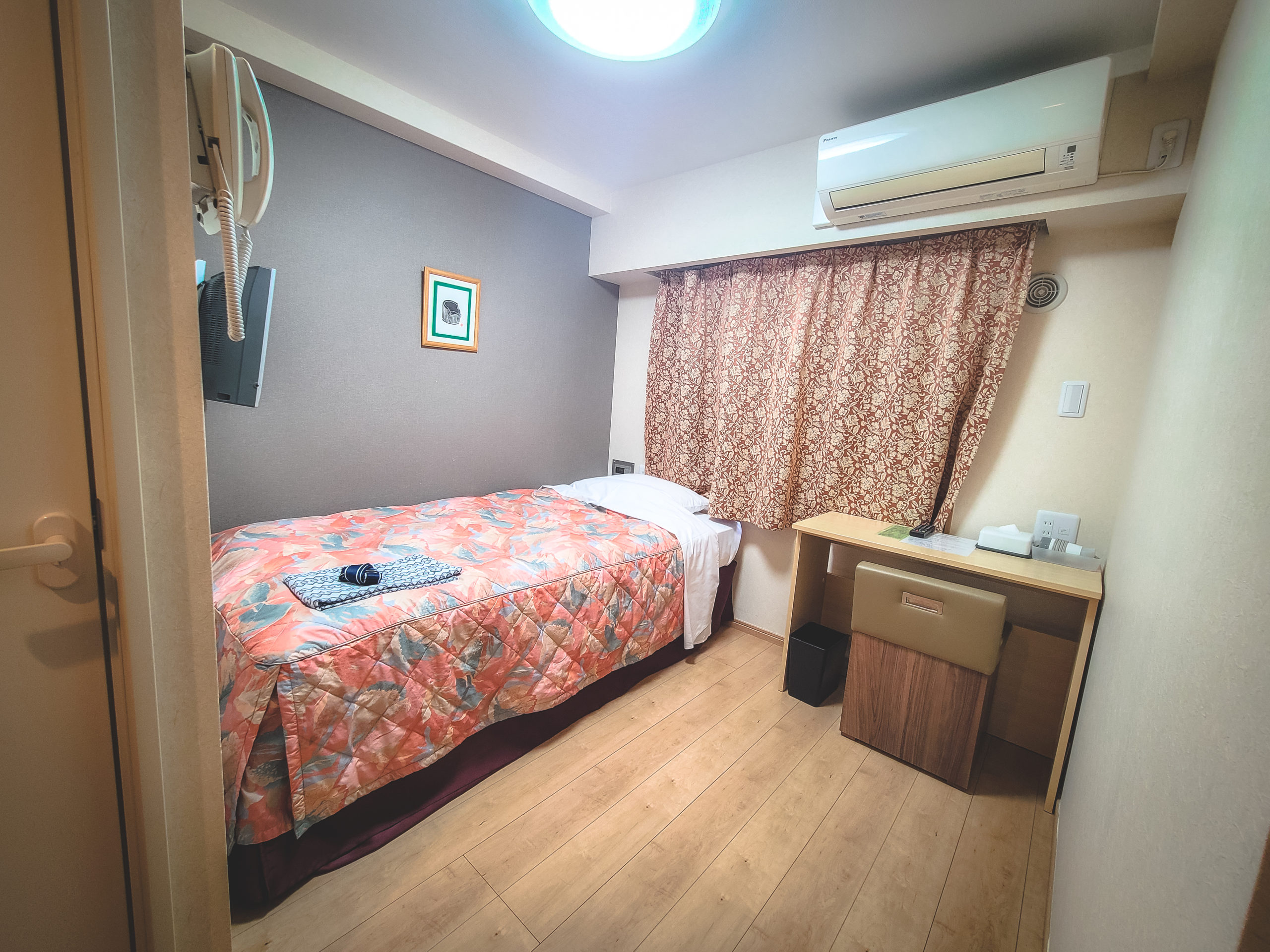
The building has eight floors and a total of 83 rooms, a little under half of which are washitsu, Japanese style rooms. Among these are rooms with traditional tatami mats and rooms with flooring, which require shoes to be removed before entering. There are also carpeted rooms that allow shoes worn inside the room.
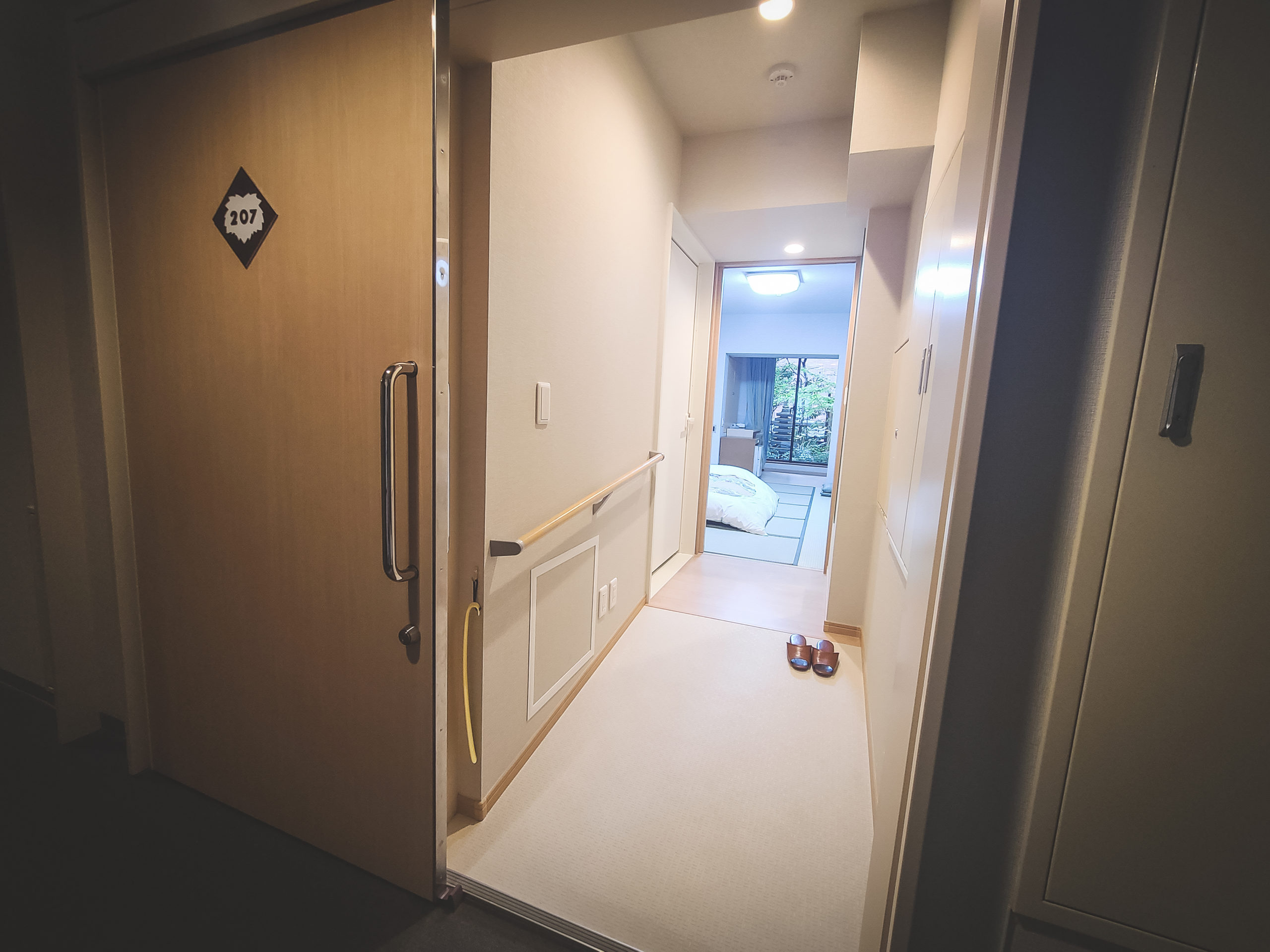
Room size varies, but regardless of size, the price point is especially appealing if you are on a budget. Western or Japanese-style, all rooms also come with a private toilet. Affordable breakfast and dinner options can also be added to your stay, but Tsunoda-san says he prefers if people go out to eat and support the various businesses in the area.
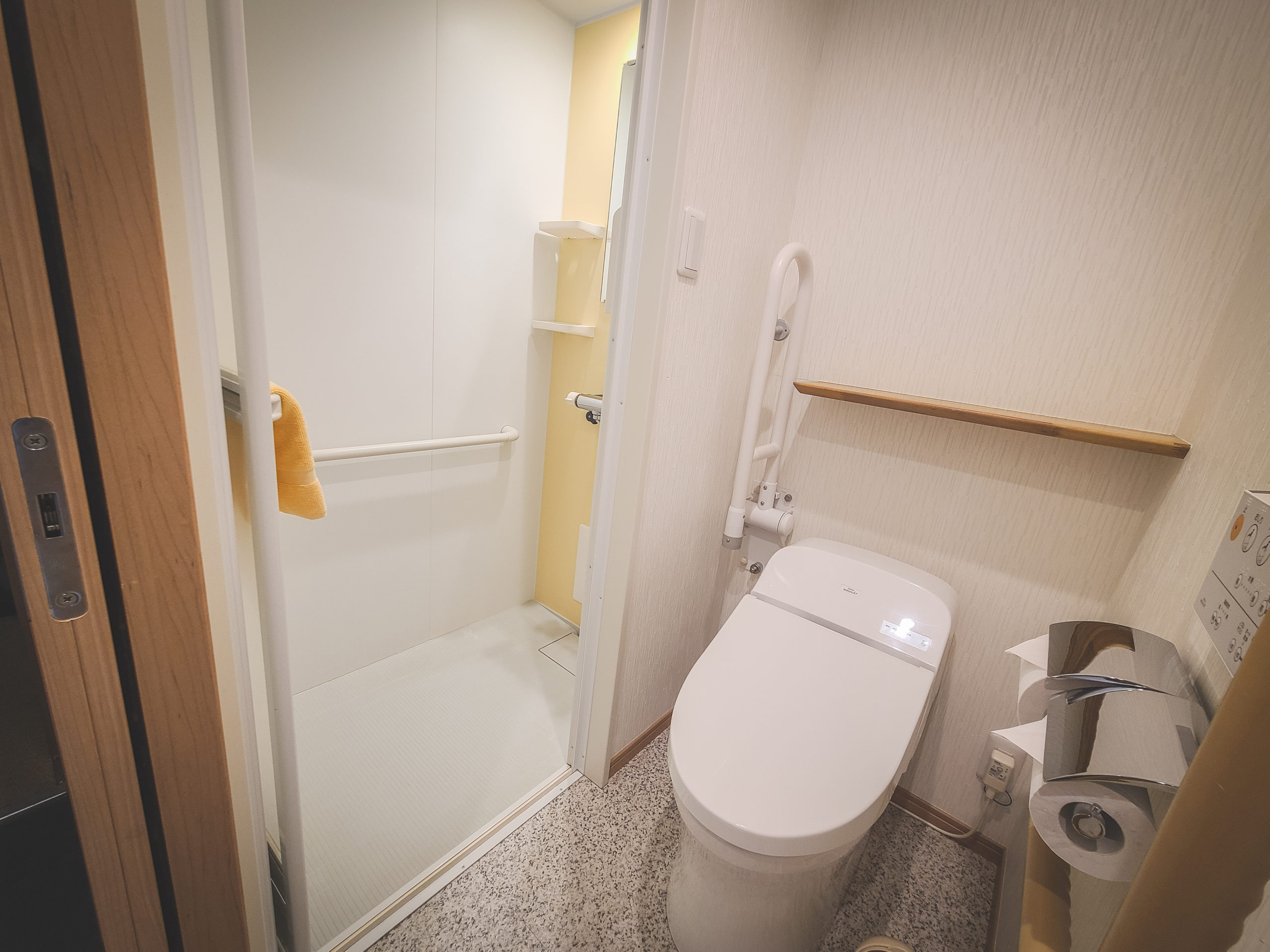
The years spent under the shadow of the pandemic were especially difficult, Tsunoda-san explains. With a complete halt in visitors from abroad, and restrictions on movement across prefectures during the periods of State of Emergency restrictions, the importance of local community support became all the more apparent.
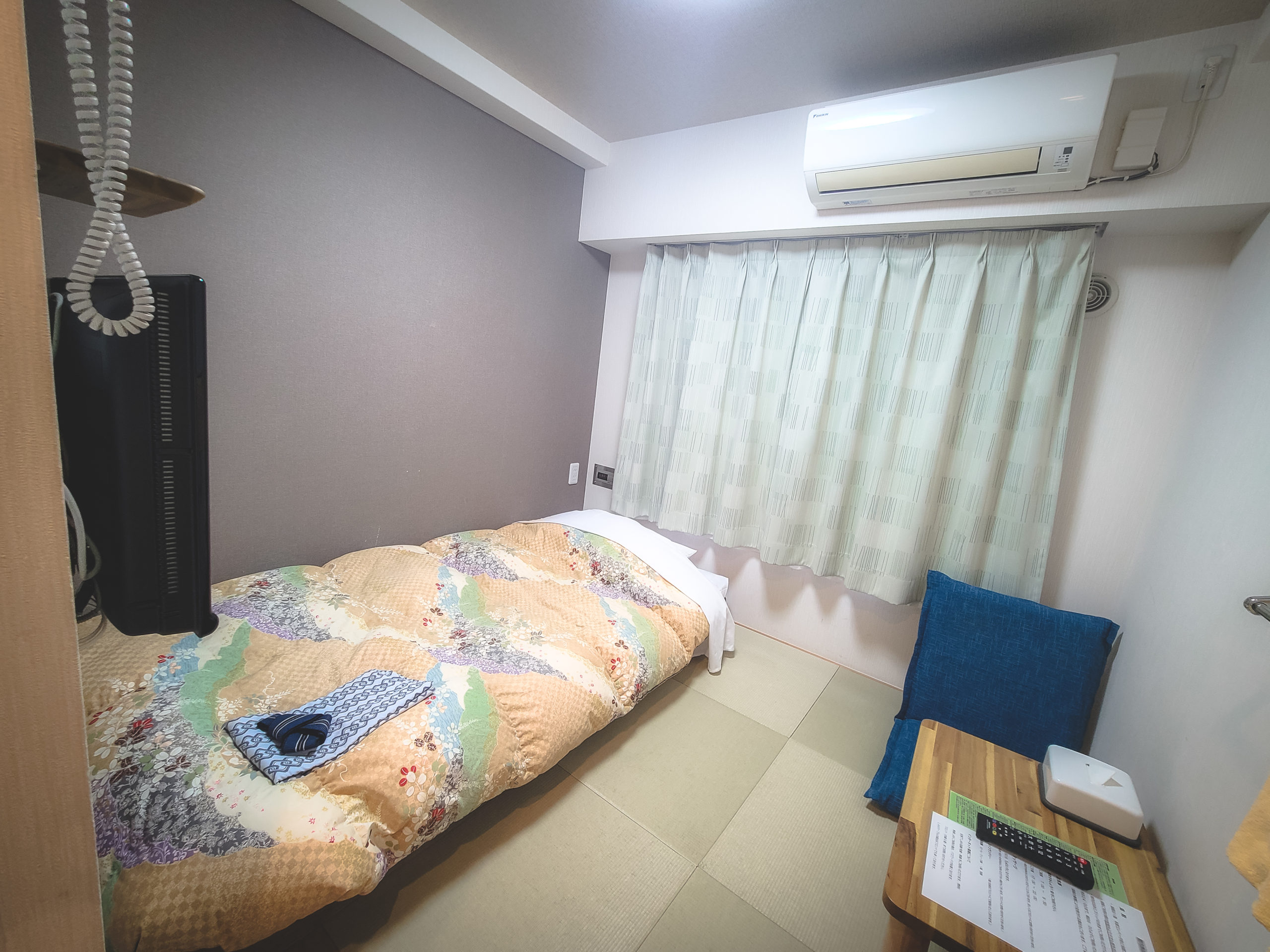
Tsunoda-san decided that since everyone was going through a difficult time, and the rooms at the hotel were completely available anyway, he would offer use of the rooms for free.
When he posted on the offer on the hotel’s SNS, he was met with a surprising outpour of support. Most locals actually didn’t know that there was a hotel in the area, and since traveling far distances was difficult at the time, people took advantage of the offer. Families came to stay as a way to get away from their regular environment, people who lived far from their workplace stayed at the hotel to cut down on travel time.
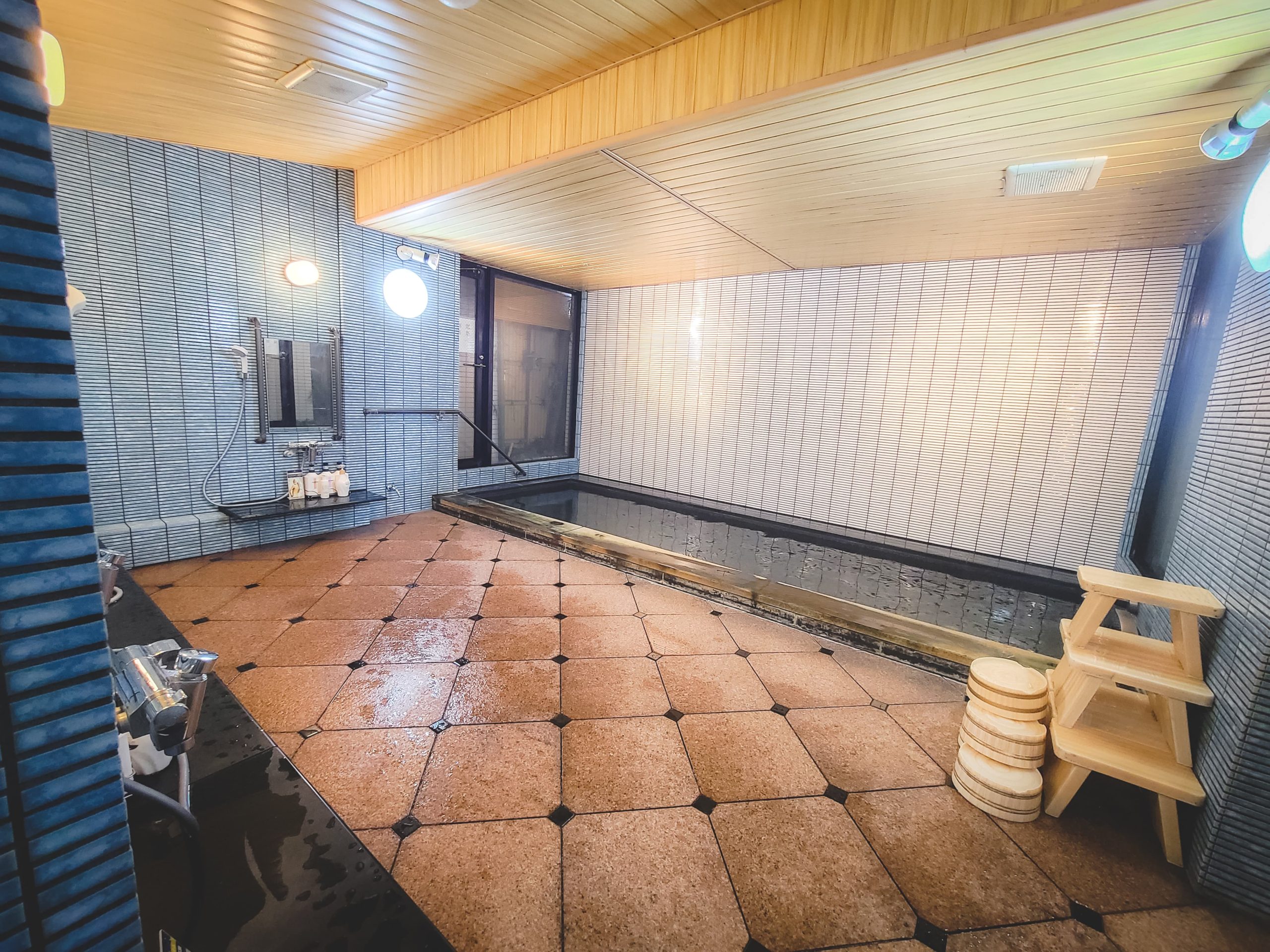
“I didn’t expect anything back, I truly just wanted to do something at a time where everything came to a stop and everyone was going through a hard time. But the people that came to stay insisted on giving back by eating at the restaurant, for example,” Tsunoda-san explains. Even now, after things have returned to some semblance of normal, people in the neighborhood still bring offerings of good will. Just the other day, he received a box of yuzu that will be floated in the shared bath located on the first floor, yet another part of the hotel that is reminiscent of its ryokan roots.
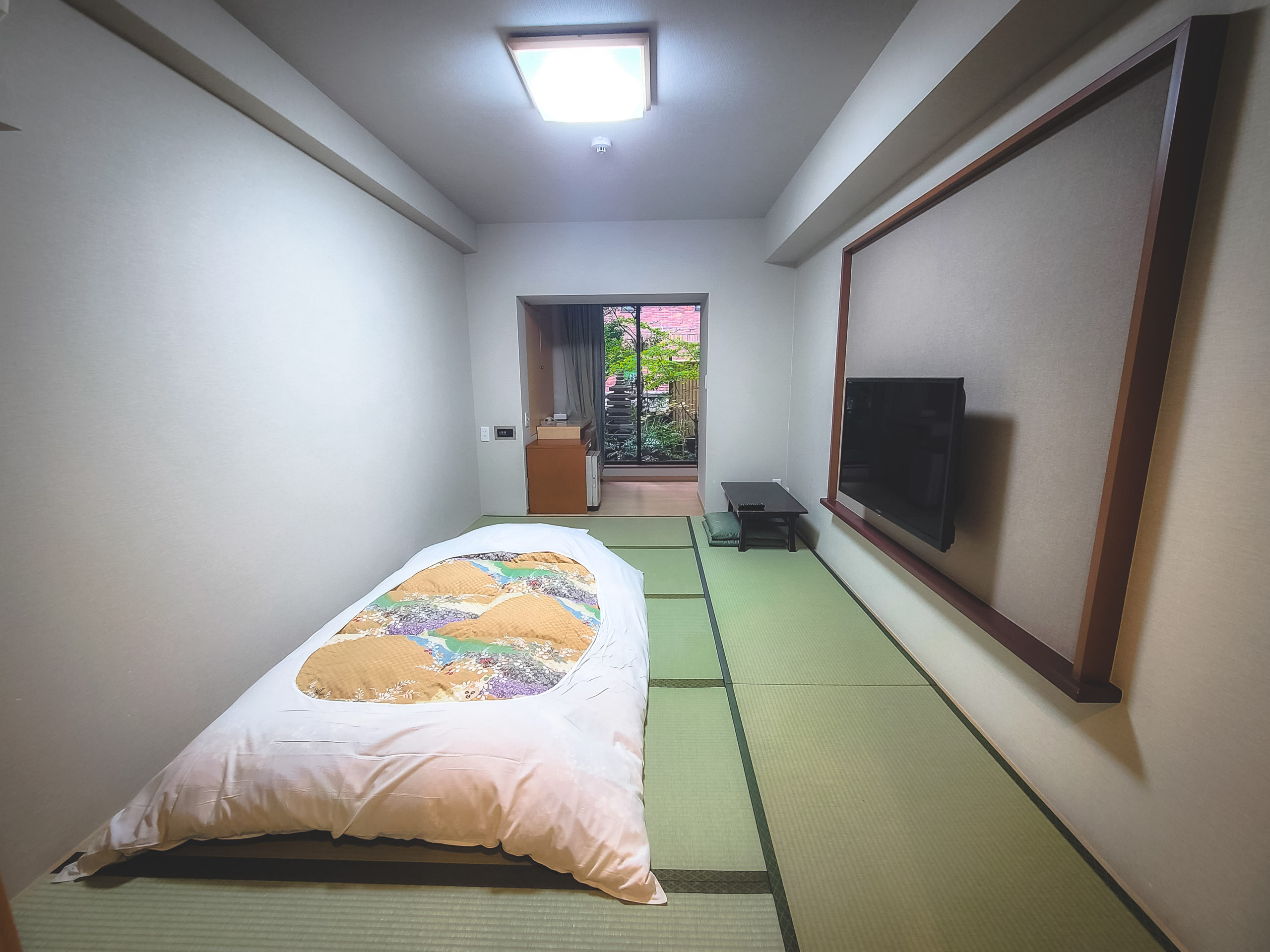
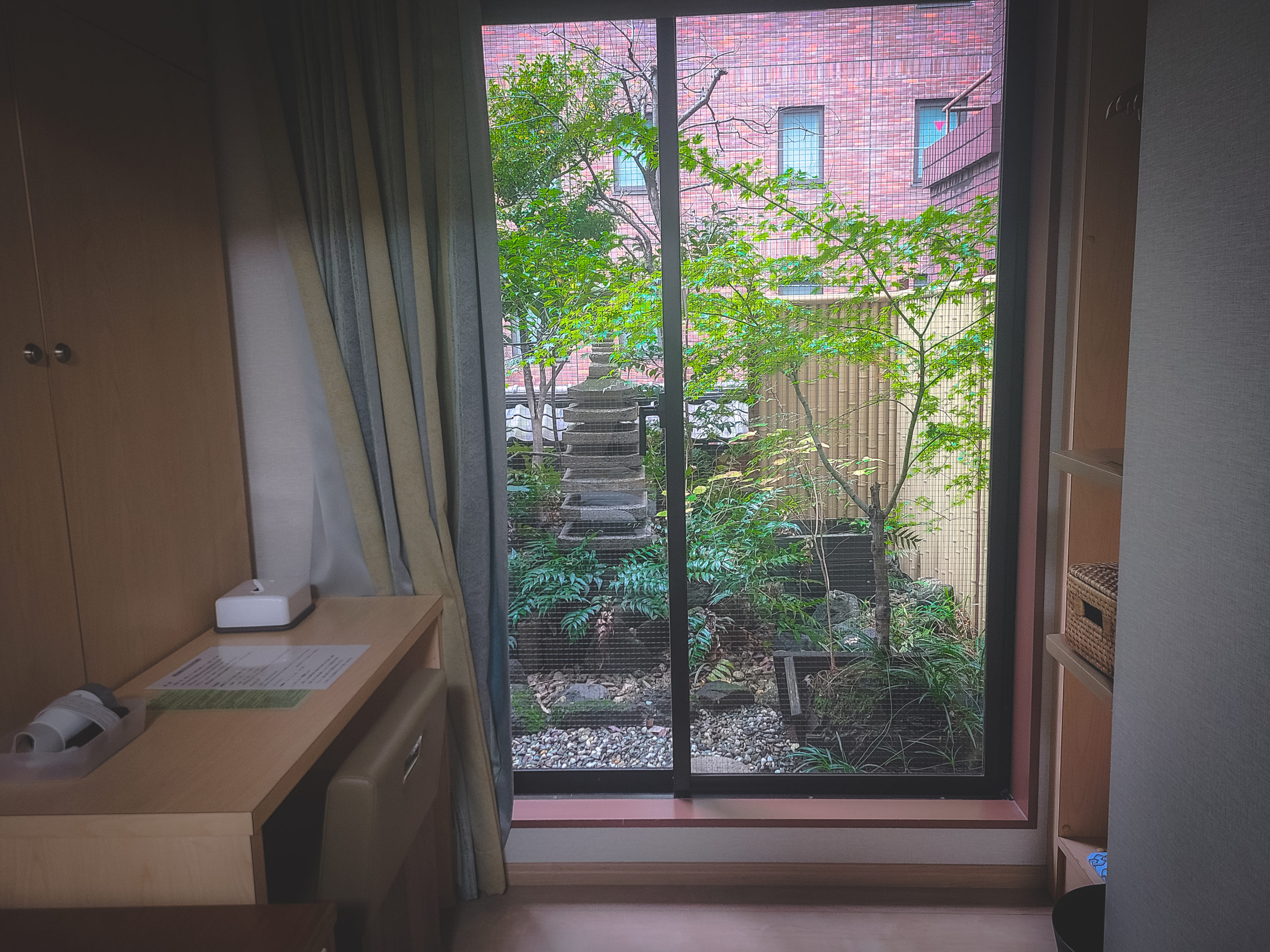
The rooms are simple and compact, yet offer everything one needs for a comfortable stay. One of the rooms even looks out onto a small garden, which is actually built on the roof of the floor below it. Each room is equipped with a small refrigerator and Wi-Fi is available throughout the building, and of course a yukata to be worn to the shared bath on the first floor.
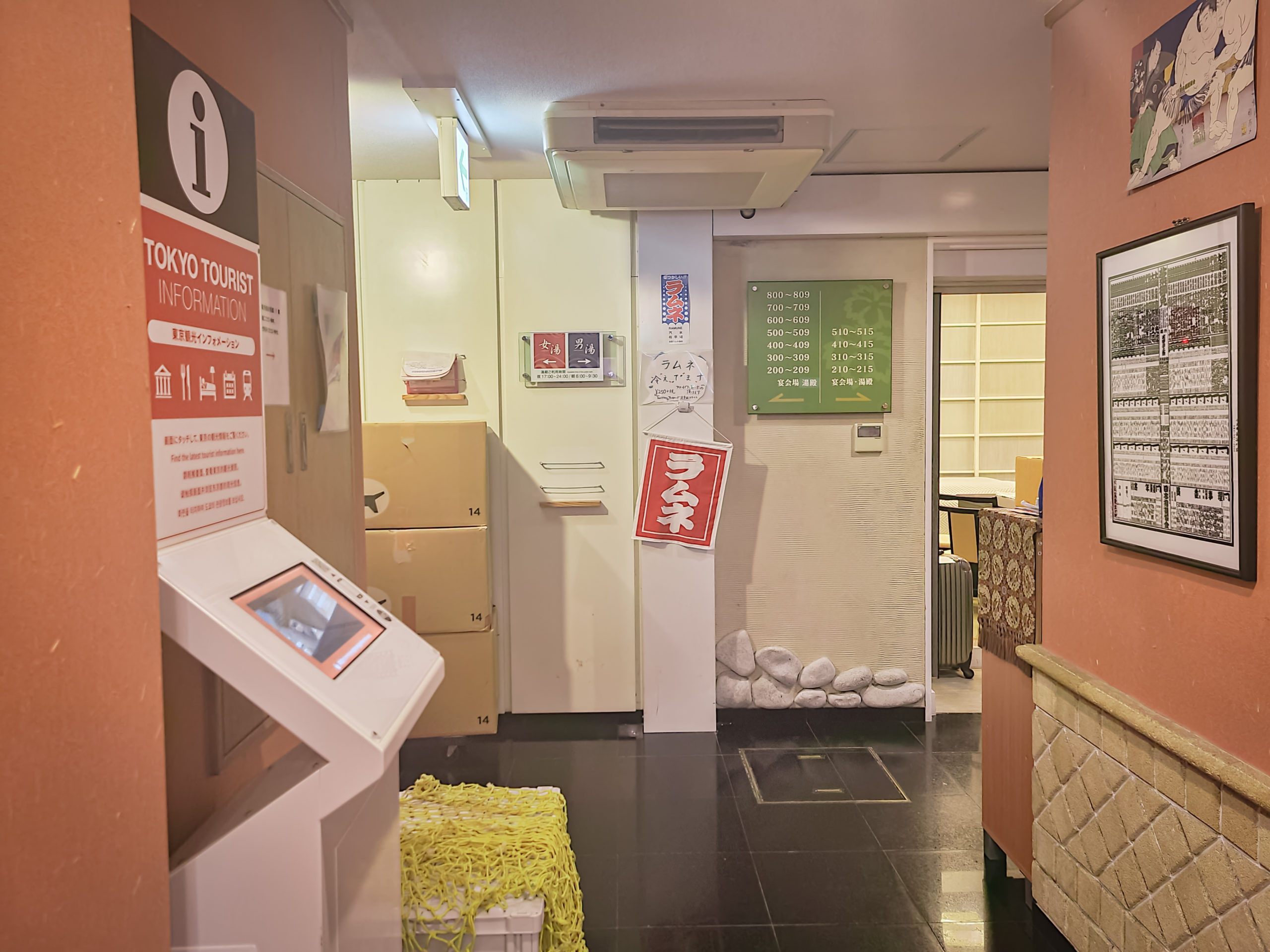
The various signs throughout the lobby and even on the walls of the restaurant offering ishiyaki-imo, ramune, and ama-zake, a popular sweet drink made from fermented rice, are all part of Tsunoda-san’s endeavors to provide various things—nothing is off the table for consideration. All these are available for take-out, as well as yaki-imo ice cream and even grilled fish, not a service that you would usually find offered by a hotel. Even the elevator features a menu of available drinks, both alcoholic and non. An on-call massage reservation is also available, offered by a near-by massage clinic.
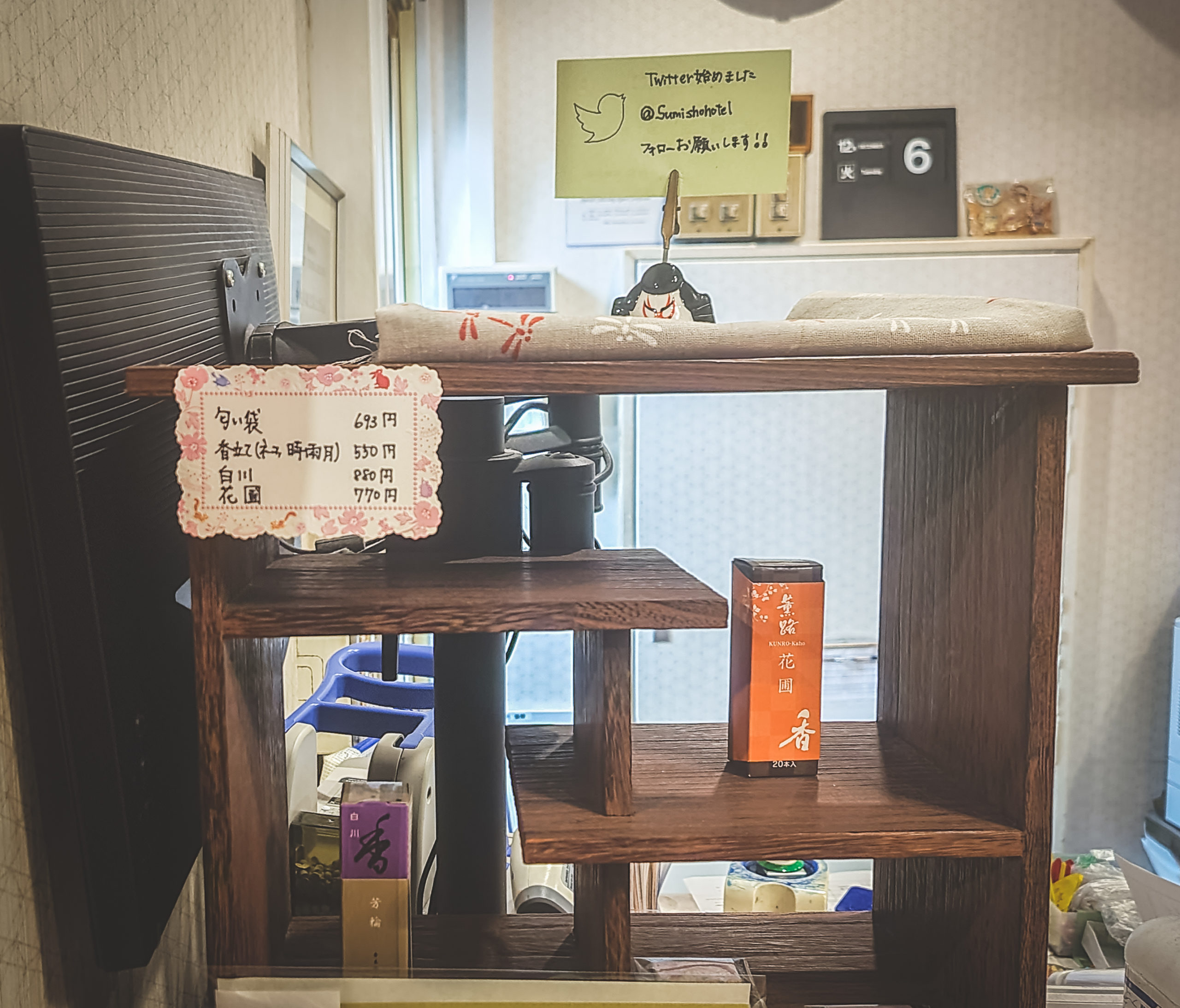
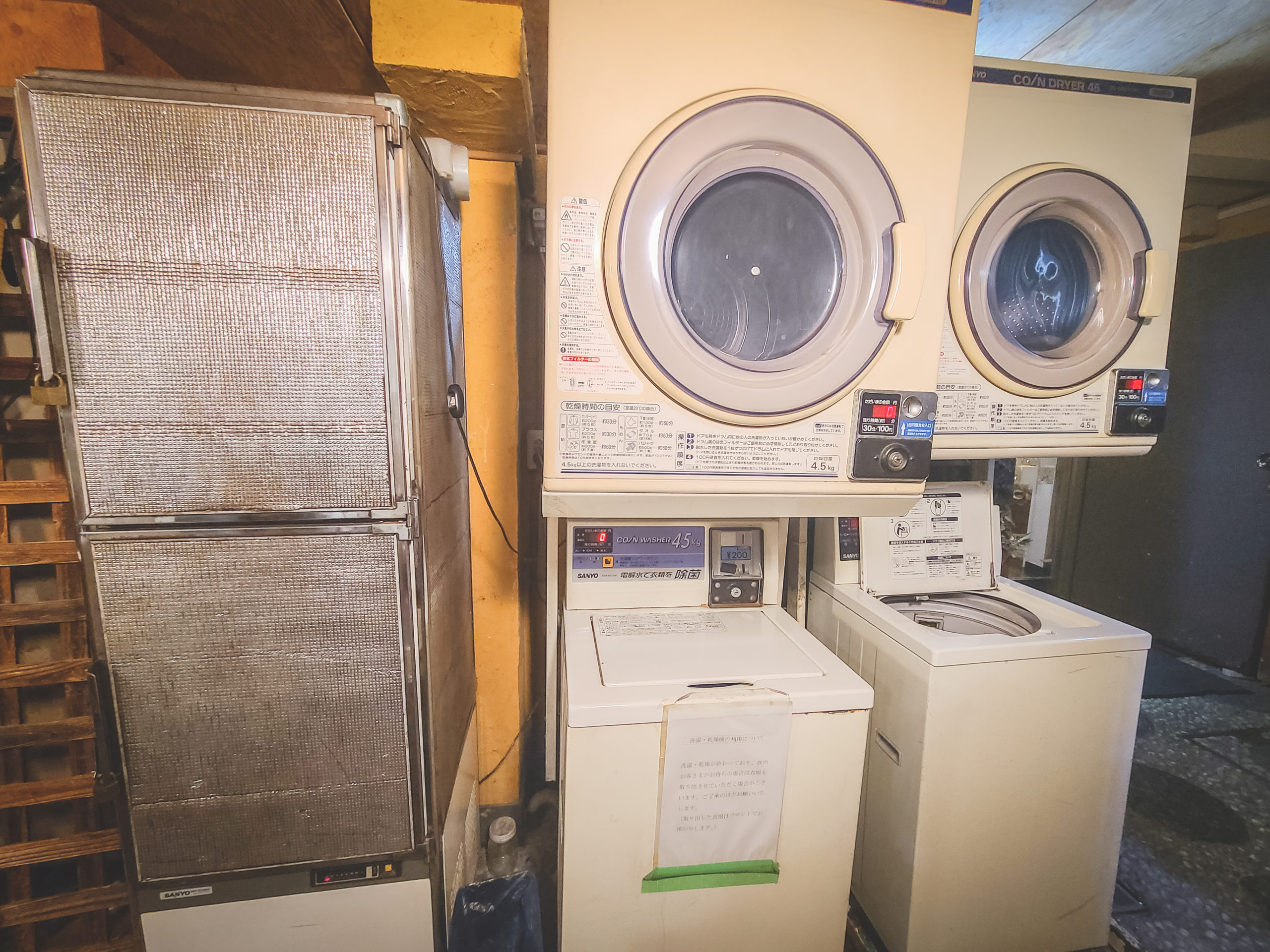
The availability so many add-on options to choose from gives me an almost theme-park-like sense of excitement as I look through the various items on the list.
When asked about the unusual hotel take-out menu, Tsunoda-san explains, “Even grilled fish can be troublesome to make at home, the whole house will smell of fish and people have a lot less time for things like that now, so I thought offering grilled fish to take home was something that would be appealing to people.” While he’s worked for a large hotel chain in the past, this ability of a privately-run hotel to be flexible and freely offer any type of service to the guests is one of the things that appealed to Tsunoda-san the most. “The distance between staff and guest is much closer,” he remarks.
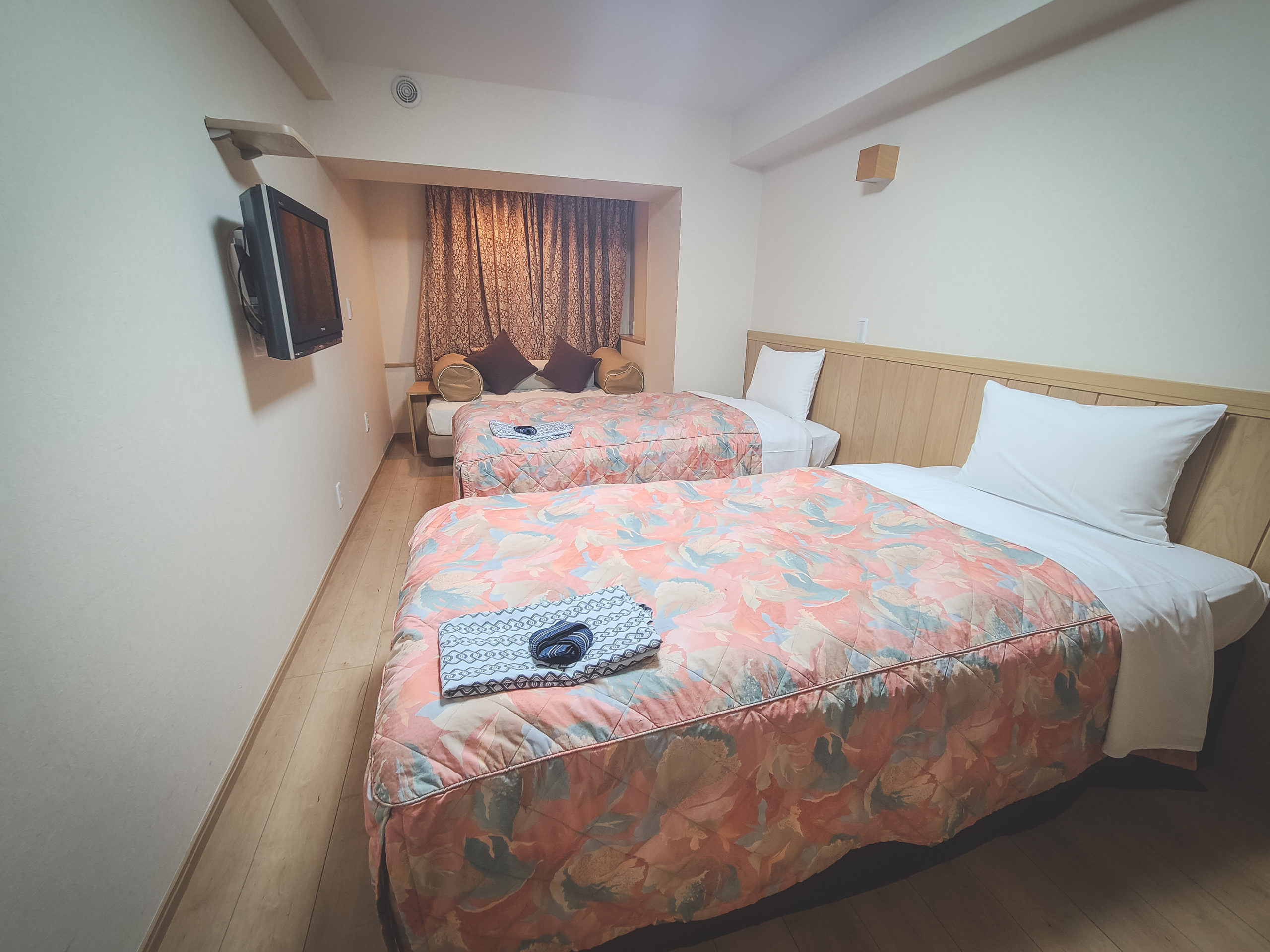
Even if it’s not on the menu, you can bet Tsunoda-san and the staff at Sumisho Hotel will do their best to provide.
Before I take my leave, I ask Tsunoda-san for a cup of his famous amazake. I take a sip of the sweet fermented rice, and am not disappointed. It’s the perfect end to a cold day in the district of dollmakers, Ningyōchō.
